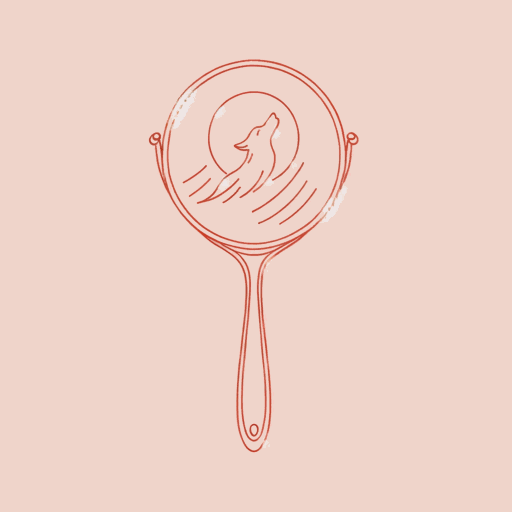39 pages • 1 hour read
Clarissa Pinkola EstésWomen Who Run with the Wolves
Nonfiction | Book | Adult | Published in 1992A modern alternative to SparkNotes and CliffsNotes, SuperSummary offers high-quality Study Guides with detailed chapter summaries and analysis of major themes, characters, and more.
Symbols & Motifs
The Wild Woman
The concept of the Wild Woman pervades the book in a variety of ways. In one sense, the Wild Woman is an archetype that defines the most basic and primal aspects of a woman’s nature. A variant of the expression describes a cosmic creation divinity, generally called the Wild Goddess. Although Wild Goddess permeates all aspects of the material world and every living creature, human females have a particular connection to this deity because of their intrinsically wild female natures.
Different aspects of the Wild Woman persona are explored in the book’s various chapters. La Loba posits the wild woman’s affinity with the wolf, and the wolf’s refusal to be caged, as the creature reanimated from bones transforms into a laughing woman who runs away into the night. Vasalisa and her magic doll personify the intuition attributed to the Wild Woman. The uninhibited physicality of the feral female is exemplified in the stories of Manawee and the Butterfly Woman. The firm determination to remain true to one’s primal nature is illustrated by the story of Seal Woman.
The Wild Woman archetype frequently fuses with the Wild Goddess because, in searching for the truth of female nature, the searcher will invariably come into contact with the indefinable essence at the core of her being—the goddess personified.

